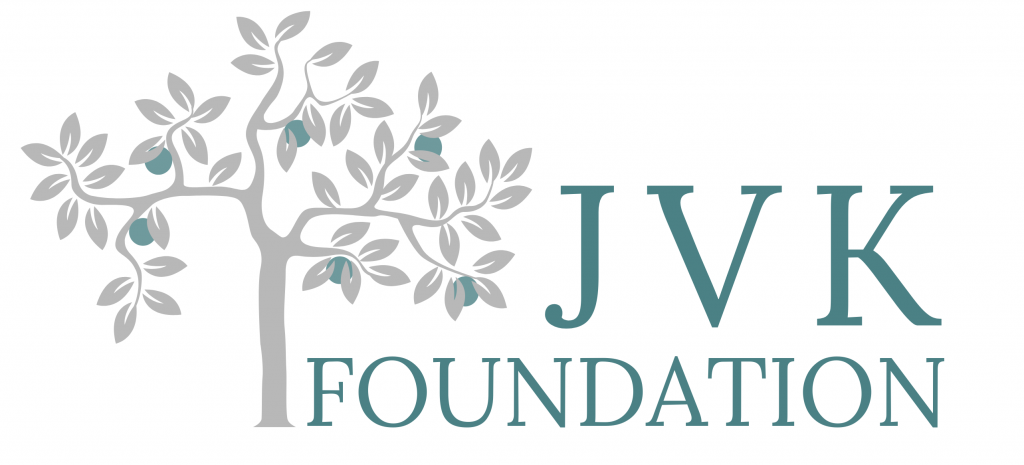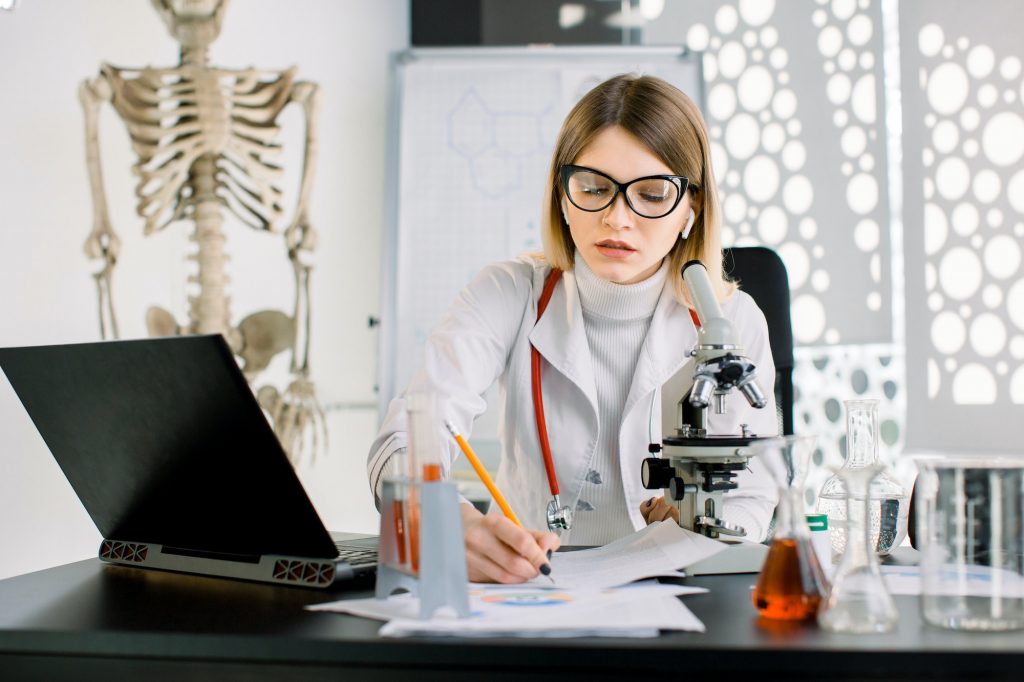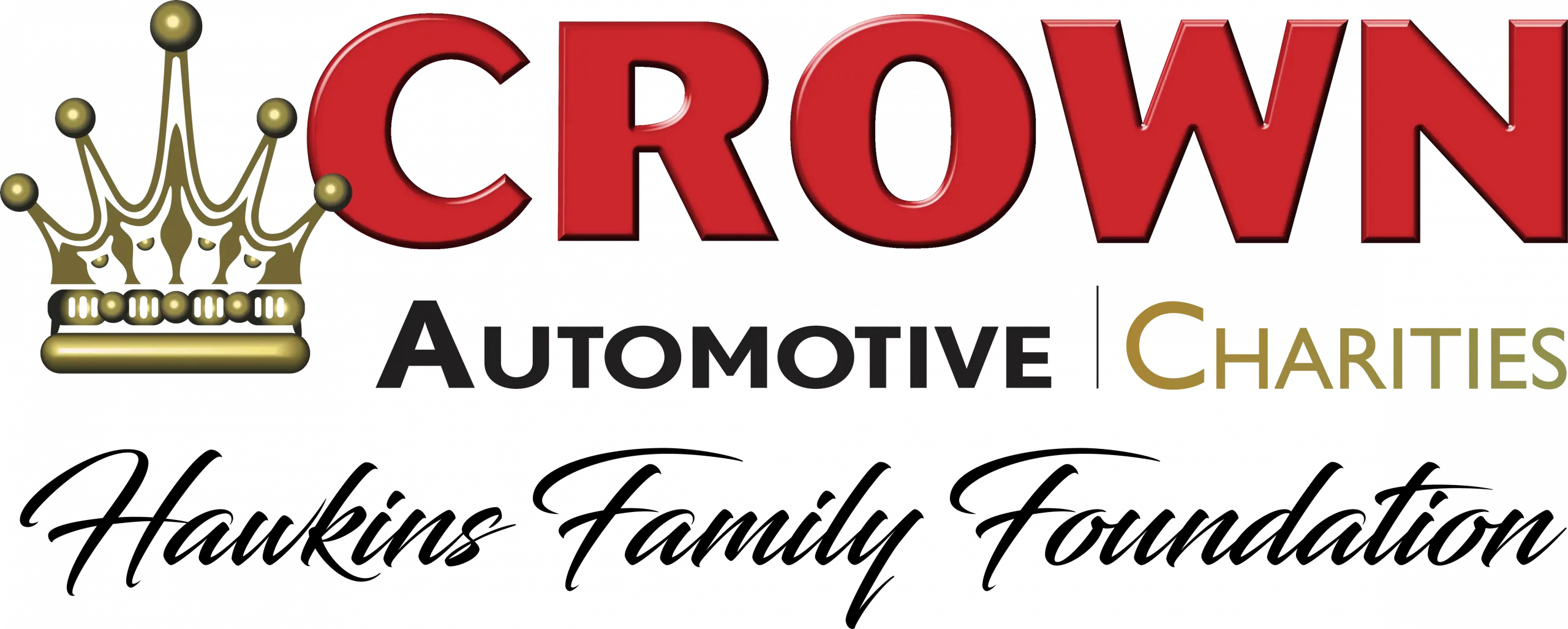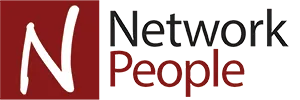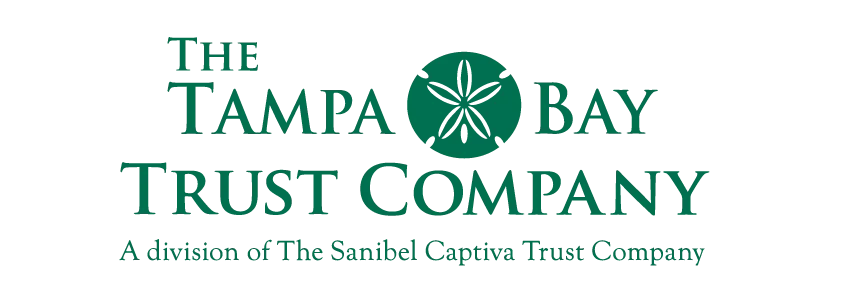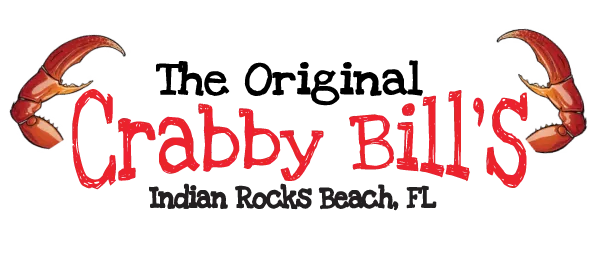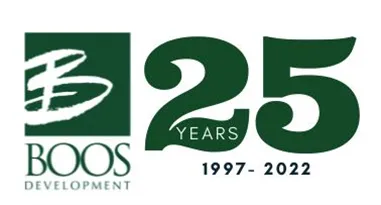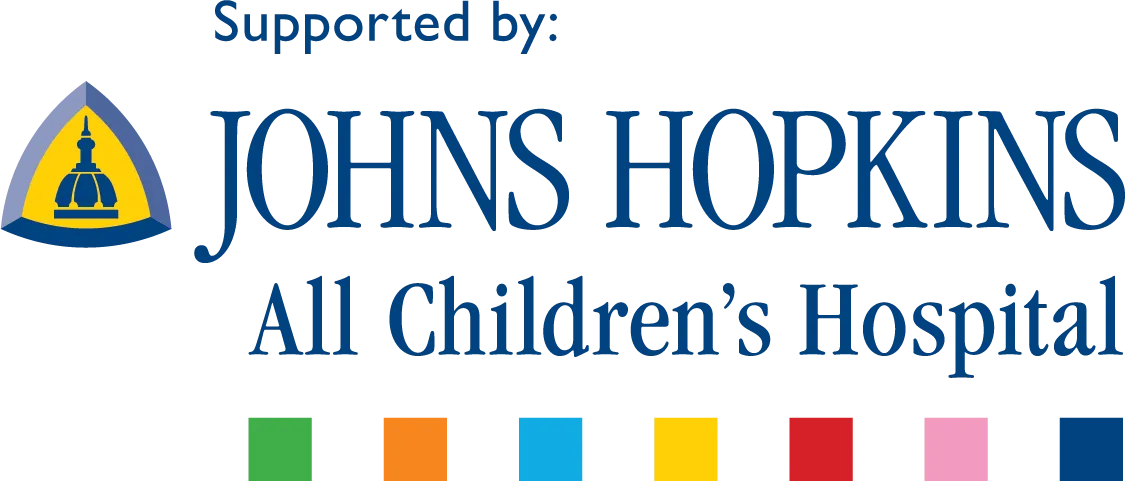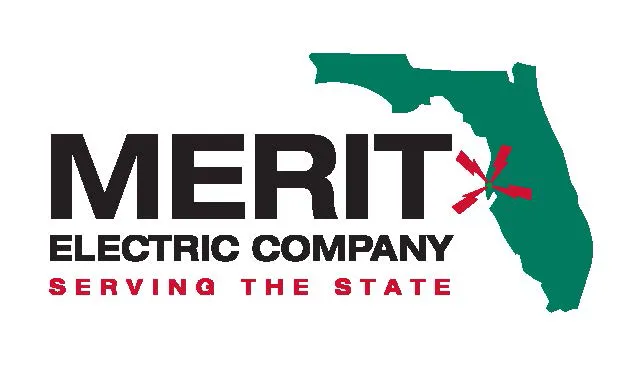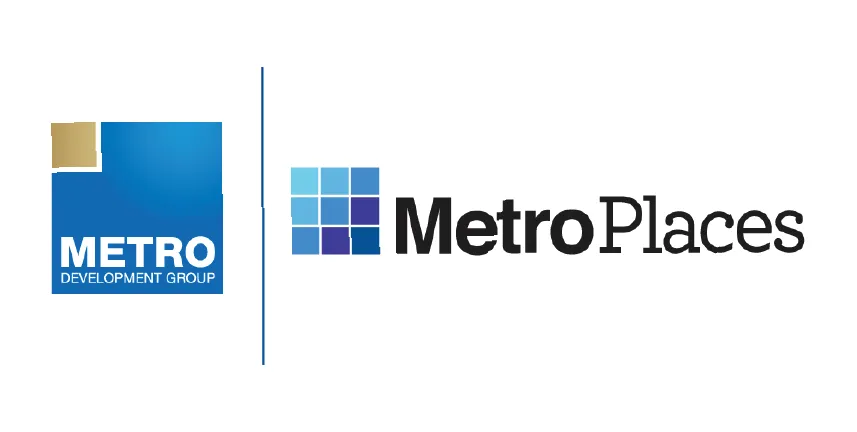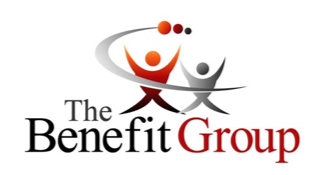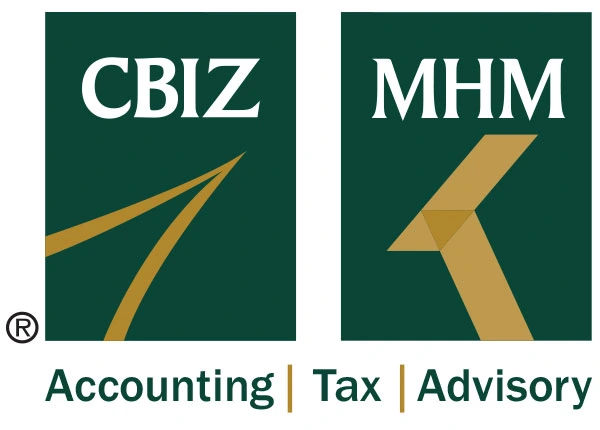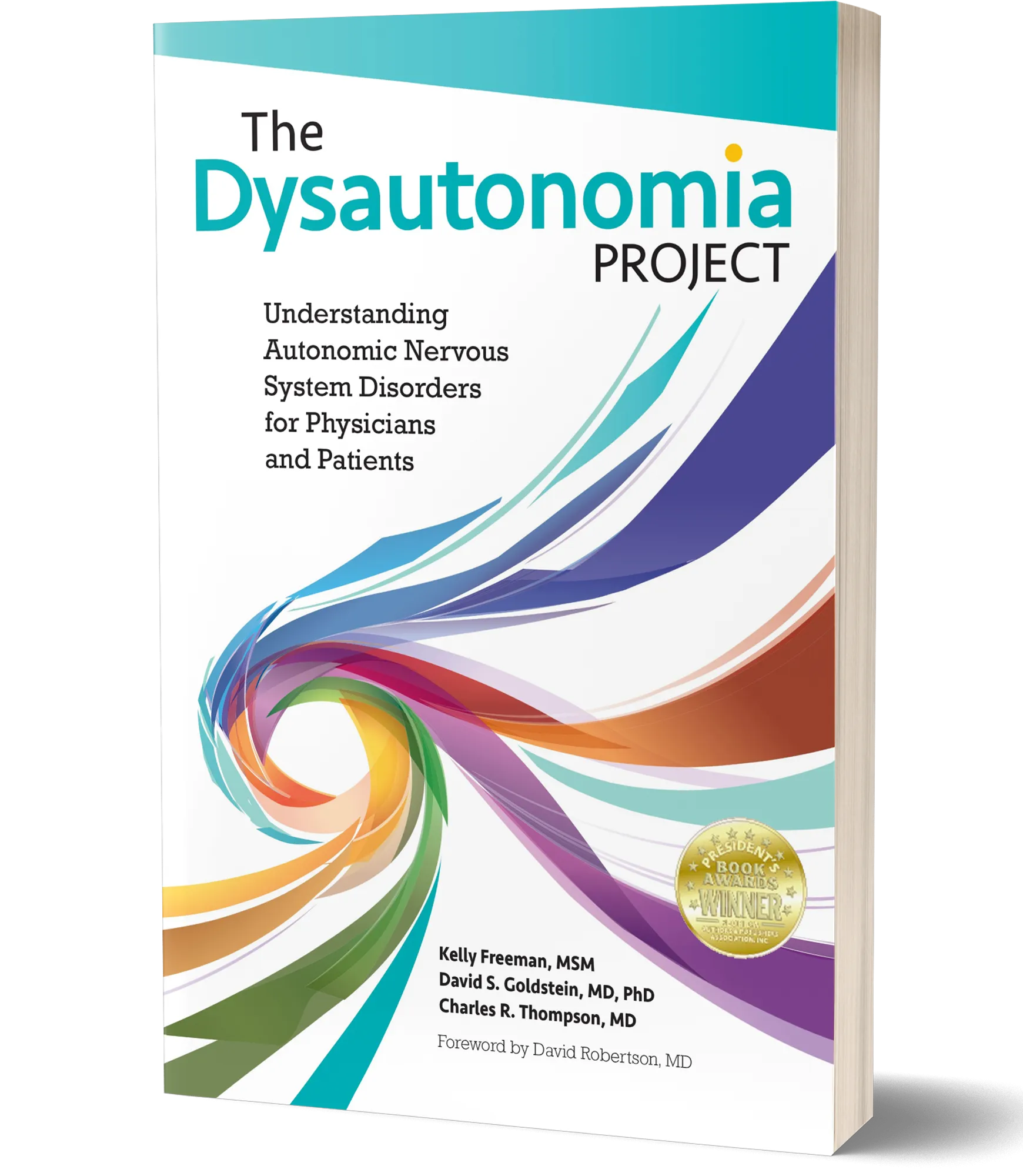Through the Dysautonomia Project Book, our online learning resources such as the AAS Video Series and a variety of in-person educational offerings, the message about Dysautonomia is growing by leaps and bounds. Now, we are beginning to see the results of years of education turn into life-changing stories of hope when there is no cure.
Preliminary Findings from the TDP Patient Survey
Earlier this year we closed the TDP Patient Survey, and the results are currently being analyzed. So far there are two trends that have been revealed which are interesting and tell two important stories:
Reduced Time to Diagnosis
Patients are telling us that the time it takes to get a diagnosis is much less than it used to be. When we started The Dysautonomia Project in 2014, the average time to diagnosis was 6 years. At that time, most patients had to see many doctors and specialists before learning the problem was a dysfunction of the autonomic nervous system. Through education and awareness within both the medical and patient communities, the time it takes the average patient to get a diagnosis of an autonomic disorder has dropped substantially. Today we believe the average time to diagnosis, in the Tampa Bay community of Florida, is less than one year. (We are awaiting the full analysis of our patient survey data for the exact number both in the United States and abroad.) This is great news.
We are hearing stories about patients giving copies of The Dysautonomia Project book to their doctors who later go online to learn more about autonomic disorders. We have even had reports of some doctors diagnosing other patients in their practice as a result. Today, the book has been used as a tool by more than 20,000 people around the world to bridge the wide knowledge gap between autonomic specialists and local community-based health care providers.
A Majority of Diagnoses were made by an Autonomic Specialist
Unfortunately, 51% of patients from our survey report it was an autonomic specialist rather than a local doctor who gave them a Dysautonomia diagnosis. This means most patients still have to travel to one of the few major medical centers in the world to receive a proper diagnosis and most are seeing a large number of different doctors before seeing the autonomic specialist. More importantly, many who cannot afford to travel are not receiving a proper diagnosis.
Today TDP is working in conjunction with the American Autonomic Society (AAS) to launch the first ever “Residents Course: a mini-fellowship for 2nd year medical residents to advance autonomic medicine.” This course includes residents from all over the United States with top faculty provided by the AAS. With education aimed at young physicians, we hope to change this difficult reality by training medical leaders of the future.
This is an exciting time to be a part of The Dysautonomia Project. And we need your help now more than ever. Please consider and joining us in the mission to provide hope for patients with autonomic nervous system disorders.
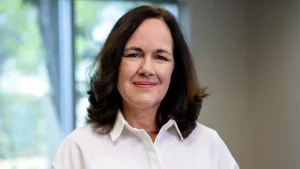
Sincerely,
Kelly Freeman, Founding Director
The Dysautonomia Project


